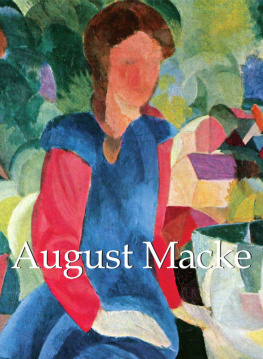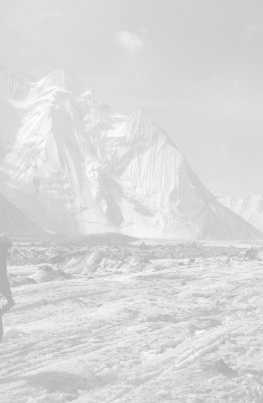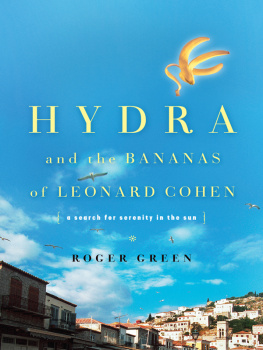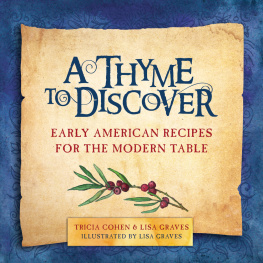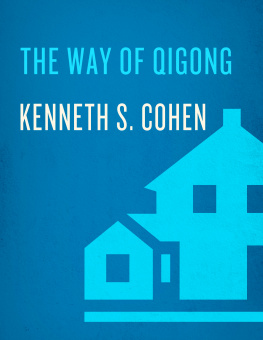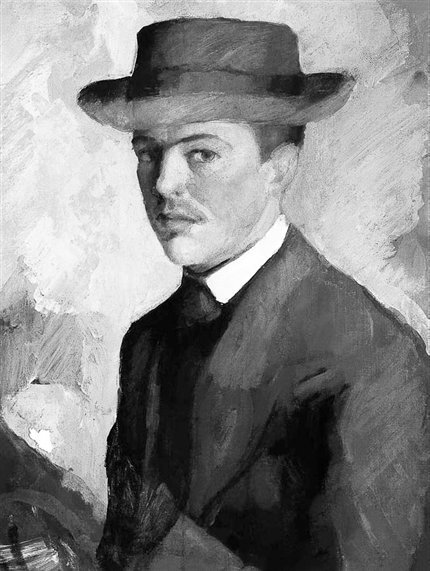Baseline Co. Ltd
All rights reserved.
No part of this publication may be reproduced or adapted without the permission of the copyright holder, throughout the world. Unless otherwise specified, copyright on the works reproduced lies with the respective photographers, artists, heirs or estates. Despite intensive research, it has not always been possible to establish copyright ownership. Where this is the case, we would appreciate notification.
In the joy of a sunny day, invisible ideas materialise quietly.
Self-Portrait with a Hat, 1909.
Oil on wood, 41 x 32.5 cm .
Kunstmuseum Bonn, Bonn.
Biography
3 January 1887: August Robert Ludwig Macke was born the third child and first son of the art-loving civil engineer and contractor Friedrich August Macke (1845-1904) and Mary Florentine Macke (1848-1922) in Meschede, Sauerland.
1887: The Macke family relocated to Cologne.
1897-1900: August attended the Cologne gymnasium.
1900: He moved to Bonn, where he attended secondary school. His artistic talent and his extraordinary artistic interest were significantly pronounced at an early age, even from his school days.
1903: Macke met his future wife Elisabeth Gerhardt, the daughter of the Bonn manufacturer Carl Gerhardt. With over 200, portraits he made her his most significant model.
1904: Against the wishes of his parents, he left school a year early to pursue an education at the Royal Academy of Art in Dsseldorf. Criticising the curriculum, which mainly consisted of copying existing artworks, the 18-year-old left the academy in November 1906. Incidentally, Macke attended various courses at the Dsseldorf School of Applied Arts.
1905: First trip to Italy with Walter Gerhardt.
1906: He designed stage decorations and costumes for the Dsseldorf city theatre under the direction of Louise Dumont and Gustav Lindemann.
With the poets Willy Schmidtbonn and Herbert Eulenberg, along with sculptor Claus Cito, he undertook a journey along the Rhine to Holland and Belgium followed by a short stay in London.
October 1907: On a trip to Paris, the works of French Impressionism made such an impact on him that he attended classes of German Impressionist Lovis Corinth (1858-1925) at the Academy of Fine Art in Berlin.
1908: After a trip to Italy, Macke, at the request of Bernhard Koehler and Elisabeth Gerhardt, accompanied them to Paris as a consultant to complement Koehlers collection with works of French Impressionism.
1908-1909: One-year military service, which he completed in October 1908, left him no time for art.
1909: On the 5 th of October, Macke married Elisabeth Gerhardt after a six year relationship.
Journeyed via Frankfurt, Strasbourg, Basel, and Bern to Paris, where Macke met Carl Hofer.
At the invitation of the Schmidtbonns, the couple moved to the Tegernsee lake at the end of October.
1910: At the beginning of the year, Macke met Franz Marc (1880-1916)
In September, Macke visited an exhibition of the New Artists Association in Munich including works of the Fauves and early Cubist paintings.
At the end of 1910, the family moved back to Bonn. Here, in his new studio, Macke would create more than 330 paintings.
The couples first son, Walter Macke, was born.
1911: Macke played an active part in drawing up the Blue Rider (Der Blaue Reiter) almanac, published by Wassily Kandinsky and Franz Marc, and to which he contributed his masks.
In the first exhibition of the Blue Rider, which took place from December 1911 to January 1912 in the Modern Gallery Heinrich Thannhauser in Munich, Macke displayed three works, including The Storm and Indians on Horseback (both 1911).
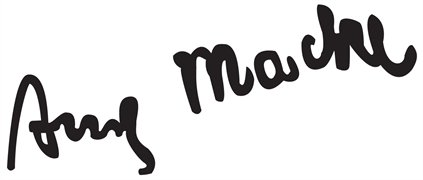
1912: Macke took part in the second Blue Rider exhibition, initiated by Kandinsky and Marc under the title Black & White in Munichs book and art dealer Hans Goltz. However, he increasingly artistically dissociated himself from the group.
That same year, he was a member of the Working Committee for the Special League Exhibition (Sonderbund-Ausstellung) in Cologne and also participated in other important exhibitions in Moscow, at the Cologne Secession, at the Museum of Decorative Arts, at the Thannhauser Gallery in Munich, and at the Jena Kunstverein, etc. This was followed by a journey to Paris with Marc and the formation of an acquaintance with Delaunay and Apollinaire.
1913: Wolfgang, the Mackes second son, was born. Along with other artists, Macke participated in the exhibition Rheinischer Expressionisten (Rhenish Expressionists) in Bonn which he organised with Franz Marc. He took part in the organisation of the First German Autumn Salon in Berlin in 1913.
In autumn, the family moved out to Hilterfingen on Lake Thun where many of the most important works in his repertoire were created.
April 1914: Together with Paul Klee and Louis Moilliet, Macke travelled on a two-week journey to Tunisia. The photos, drawings, and watercolours which he created there, served as a form of artistic inspiration for him long after his return.
June 1914: The Mackes returned to Bonn.
August 1914: After the outbreak of World War II, Macke volunteered to serve in the German army. On the 8th August he was admitted as an infantryman in the Prussian army.
26 th September 1914: August Macke died in action; a warrant officer of the 5 th Company by Perthes-ls-Hurlus in Champagne. He left behind around 6,000 drawings in his sketchbooks and around 3,000 individual sheets.

| A ugust Macke (1887-1914) was born in Meschede in the Sauerland region and is of Westphalian origin. However, as he moved into the Rhineland very early and spent most of his short life on the Rhine, he has always been described as a typical Rhinelander. When the Cologne Art Association opened the near-historical exhibition The Young Rhineland at the beginning of 1918, the heart of the event was the first retrospective exhibition for August Macke, who died in the second month of the war. |
The Old Violonist
1906 Oil on canvas, 65.6 x cm Private collection |


| Young Rhineland represents Macke in a purer sense than the well-known artist association that was founded later in Dsseldorf. Anyone who dismisses Macke s art with the term decorative fails to understand that the young Rhenish artist s paintings signify everything that defines character and strength. |

